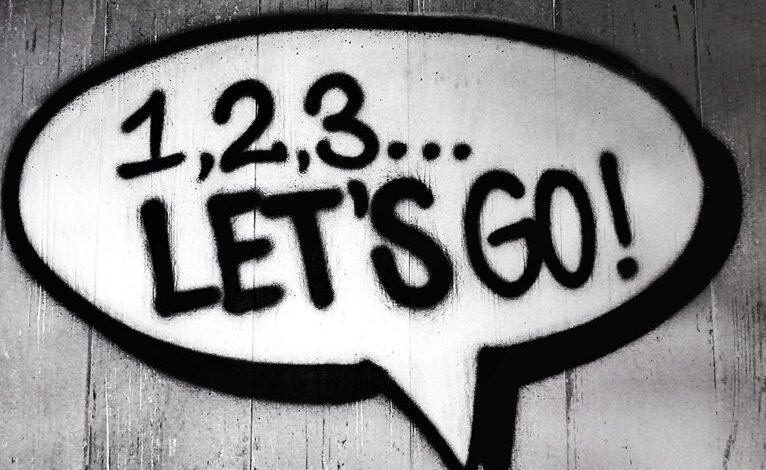Someone’s Trying Again: 8886375121

The number 8886375121 has emerged as a persistent enigma, frequently attempting to contact individuals without revealing its identity. This anonymity raises questions about the caller’s intentions. Frustration mounts as recipients share their experiences, leading to increased vigilance against unsolicited communications. As the frequency of these calls escalates, one must consider the broader implications. What strategies are being employed to combat this growing nuisance? The answers may shed light on a troubling trend.
The Mystery Behind 8886375121
What secrets lie behind the seemingly innocuous number 8886375121? Investigators have turned to call tracing to uncover its origins.
The caller identity remains elusive, raising concerns among recipients. With each unanswered ring, questions deepen about potential motives and the implications of privacy invasion.
As individuals seek freedom from unwanted intrusion, understanding the truth behind this number becomes paramount.
Common Reactions to Unwanted Calls
How do individuals typically respond to the intrusion of unwanted calls?
Common reactions include frustration and annoyance, often exacerbated by the frequency of these annoying interruptions.
Many rely on caller identification to screen numbers, allowing them to avoid engaging with persistent callers.
This behavior reflects a desire for personal freedom, highlighting a collective resistance to unwanted communication in an increasingly connected world.
Potential Sources of the Calls
Unwanted calls can originate from a variety of sources, each contributing to the pervasive nature of this annoyance.
Telemarketing trends reveal that aggressive marketing tactics often lead to increased call volumes.
Additionally, scammers exploit this landscape, prompting the need for heightened scam awareness among consumers.
How to Handle Unsolicited Communications
Numerous strategies exist for individuals to effectively manage unsolicited communications.
Key actions include blocking numbers associated with unwanted calls and reporting scams to relevant authorities. This proactive approach not only minimizes interruptions but also contributes to broader efforts against fraudulent activities.
Conclusion
In an era where nearly 50% of all mobile calls are estimated to be spam, the mystery of 8886375121 exemplifies the growing concern over unsolicited communications. As individuals increasingly take protective measures, the phone number’s persistence highlights the need for awareness and vigilance. Unraveling the identity behind such calls remains crucial, as the collective frustration signals a demand for stronger safeguards against potential scams and the erosion of personal privacy.





